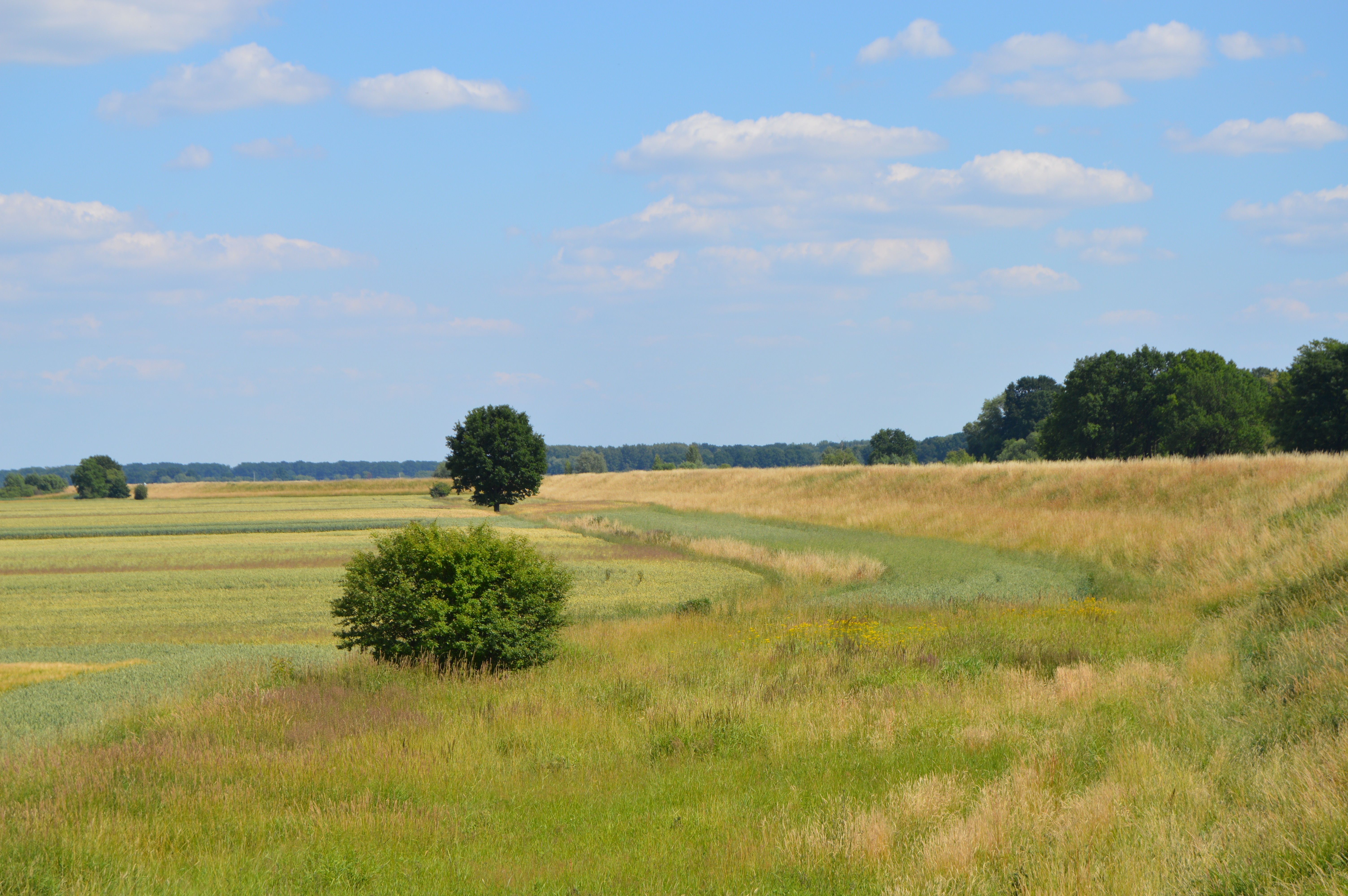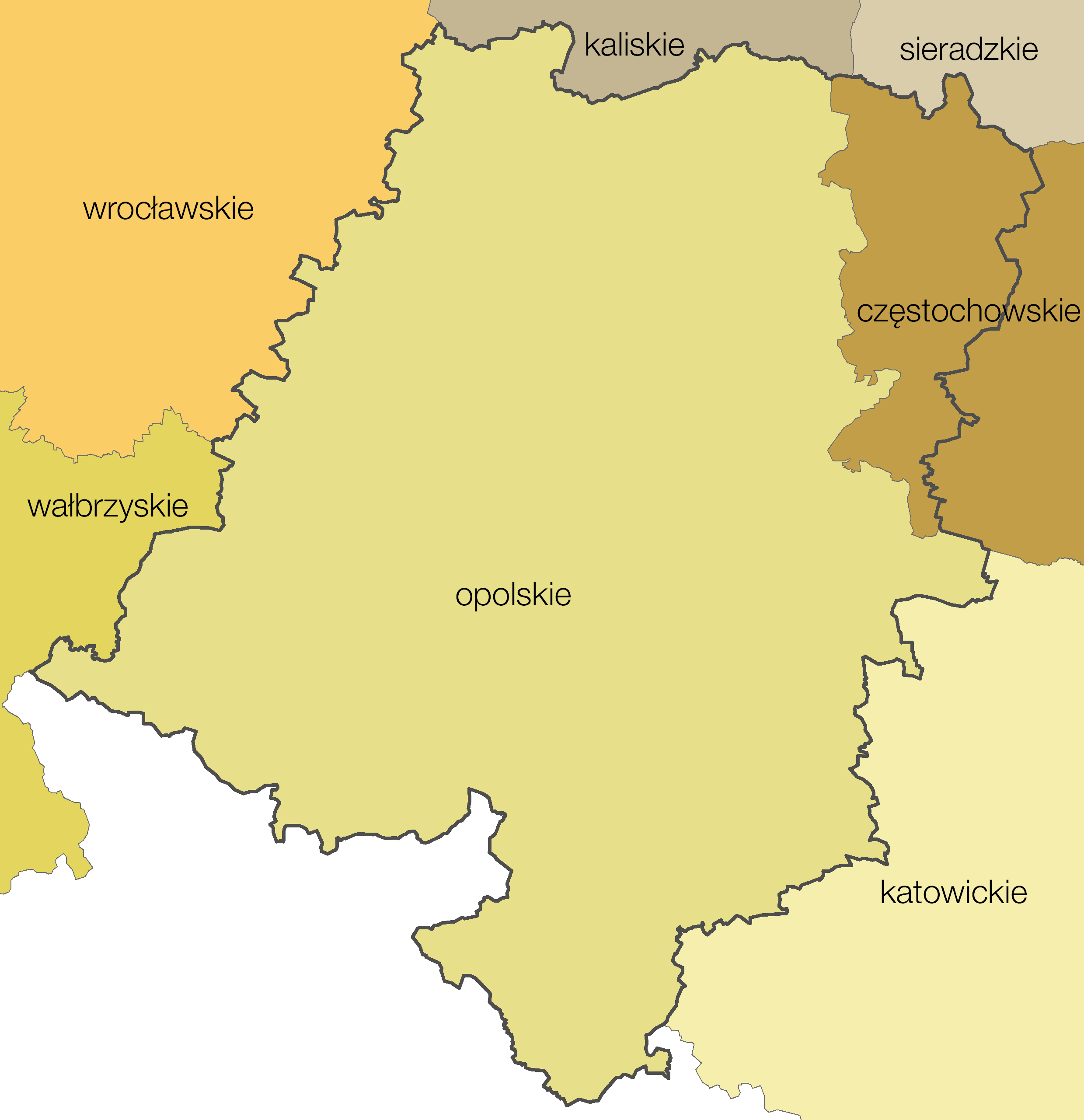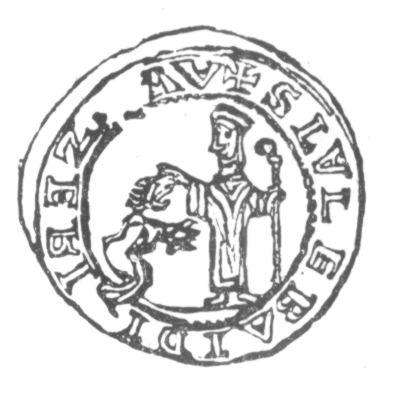|
Grodków
Grodków (; szl, Grodkōw) is a town in Brzeg County, Opole Voivodeship in Poland, the administrative seat of Gmina Grodków. It is located in the Silesian Lowlands of the Oder basin, in the historic Upper Silesia region, about south of Brzeg. In the north it has access to the A4 autostrada. The town has 8,595 inhabitants (2019). History The area was included in the emerging Polish state around 990 by its first historic ruler Mieszko I of the Piast dynasty and after the 12th-century fragmentation of the realm it was part of the Polish duchies of Silesia and Brzeg. The settlement of ''villa Grodcobichi'' in the Duchy of Silesia was first mentioned in a 1210 deed. Its name is of Polish origin and comes from the word ''gród'', which means "stronghold" in Polish.Heinrich Adamy, ''Die Schlesischen Ortsnamen ihre entstechung und bedeutung'', 1888, p. 10 (in German) The neighbouring settlement of Nowy Grodków (''Neu Grottkau'') was laid out by German settlers in the cours ... [...More Info...] [...Related Items...] OR: [Wikipedia] [Google] [Baidu] |
Gmina Grodków
__NOTOC__ Gmina Grodków is an urban-rural gmina (administrative district) in Brzeg County, Opole Voivodeship, in south-western Poland. Its seat is the town of Grodków, which lies approximately south of Brzeg and west of the regional capital Opole. The gmina covers an area of , and as of 2019 its total population is 19,149. Villages Apart from the town of Grodków, Gmina Grodków contains the villages and settlements of Bąków, Bogdanów, Gałązczyce, Gierów, Głębocko, Gnojna, Gola Grodkowska, Jaszów, Jędrzejów, Jeszkotle, Kobiela, Kolnica, Kopice, Lipowa, Lubcz, Mikołajowa, Młodoszowice, Nowa Wieś Mała, Osiek Grodkowski, Polana, Przylesie Dolne, Rogów, Starowice, Strzegów, Sulisław, Tarnów Grodkowski, Więcmierzyce, Wierzbna, Wierzbnik, Wojnowiczki, Wojsław, Wójtowice, Żarów, Żelazna and Zielonkowice. Neighbouring gminas Gmina Grodków is bordered by the gminas of Kamiennik, Niemodlin, Olszanka, Pakosławice, Przeworno, Skoroszyce a ... [...More Info...] [...Related Items...] OR: [Wikipedia] [Google] [Baidu] |
Grodków Town Hall
Grodków Town Hall - a town hall built in the Classical architectural style in 1840, designed by architect Philippi, using the tower of the former town hall. Currently, the building is the seat of the Grodków City Council and other institutions. History The first town hall in Grodków was raised at the turning point of the fourteenth and fifteenth-centuries, after which the building was damaged by fires and rebuilt. In 1577 the existent tower was raised, which in 1668 was capped by a tented roof. In the years of 1833 and 1836, under the custody of master bricklayers J. Fleischer and F. Plander the tower was renovated. In 1833 the building burnt down in a large fire which engulfed the town. The current town hall was built in 1840, designed by architect Philippe from Opole Opole (; german: Oppeln ; szl, Ôpole) ; * Silesian: ** Silesian PLS alphabet: ''Ôpole'' ** Steuer's Silesian alphabet: ''Uopole'' * Silesian German: ''Uppeln'' * Czech: ''Opolí'' * Latin: ''Oppelia'' ... [...More Info...] [...Related Items...] OR: [Wikipedia] [Google] [Baidu] |
Brzeg County
__NOTOC__ Brzeg County ( pl, powiat brzeski ) is a unit of territorial administration and local government (powiat) in Opole Voivodeship, south-western Poland. It came into being on January 1, 1999, as a result of the Polish local government reforms passed in 1998. Its administrative seat and largest town is Brzeg, which lies north-west of the regional capital Opole. The county also contains the towns of Grodków, lying south of Brzeg, and Lewin Brzeski, south-east of Brzeg. The county covers an area of . As of 2019 its total population is 90,054, out of which the population of Brzeg is 35,890, that of Grodków is 8,595, that of Lewin Brzeski is 5,736, and the rural population is 39,833. Neighbouring counties Brzeg County is bordered by Namysłów County to the north-east, Opole County to the south-east, Nysa County to the south, and Strzelin County and Oława County to the west. Administrative division The county is subdivided into six gminas (one urban, two urban-rural ... [...More Info...] [...Related Items...] OR: [Wikipedia] [Google] [Baidu] |
Brzeg
Brzeg (; Latin: ''Alta Ripa'', German language, German: ''Brieg'', Silesian German: ''Brigg'', , ) is a town in southwestern Poland with 34,778 inhabitants (December 2021) and the capital of Brzeg County. It is situated in Silesia in the Opole Voivodeship on the left bank of the Oder river. The town of Brzeg was first mentioned as a trading and fishing settlement in the year 1234. In 1248, Silesian Duke Henry III the White granted the settlement Magdeburg town rights and by the late 13th century the city became fortified. Sometimes referred to as “the garden town”, the town's size greatly expanded after the construction of dwelling houses which were located on the city outskirts. From the early 14th to late 17th centuries, the town was ruled by the Piast dynasty as fiefs of the Bohemian Crown within the Holy Roman Empire. Later, as the result of the Silesian Wars, the town became Prussian. After the border shifts of 1945, the Flight and expulsion of Germans from Poland during ... [...More Info...] [...Related Items...] OR: [Wikipedia] [Google] [Baidu] |
Opole Voivodeship
Opole Voivodeship, or Opole Province ( pl, województwo opolskie ), is the smallest and least populated voivodeship (province) of Poland. The province's name derives from that of the region's capital and largest city, Opole. It is part of Upper Silesia. A relatively large German minority, with representatives in the Sejm, lives in the voivodeship, and the German language is co-official in 28 communes. Opole Voivodeship is bordered by Lower Silesian Voivodeship to the west, Greater Poland and Łódź Voivodeships to the north, Silesian Voivodeship to the east, and the Czech Republic ( Olomouc Region and Moravian-Silesian Region) to the south. Opole Province's geographic location, economic potential, and its population's level of education make it an attractive business partner for other Polish regions (especially Lower Silesian and Silesian Voivodeships) and for foreign investors. Formed in 1997, the Praděd/Pradziad Euroregion with its headquarter in Prudnik has facilitated ... [...More Info...] [...Related Items...] OR: [Wikipedia] [Google] [Baidu] |
Duchy Of Brzeg
The Duchy of Brzeg ( pl, Księstwo Brzeskie) or Duchy of Brieg (german: Herzogtum Brieg; cs, Knížectví břežské) was one of the Duchies of Silesia, created in 1311 during the fragmentation of the Duchy of Wrocław. A Bohemian fief from 1329, it was ruled by the Silesian Piasts until their extinction in 1675. Its capital was Brzeg in Lower Silesia. History When the Piast duke Henry V of Wrocław and Legnica died in 1296, his sons and heirs were still minors and his estates were ruled by their uncle Duke Bolko I the Strict of Świdnica, succeeded by their maternal uncle King Wenceslaus II of Bohemia in 1301 and by the Wrocław bishop Henry of Wierzbno in 1305. Finally in 1311, Henry's bequests were divided among his sons: Bolesław III the Generous, the eldest brother, received the southeastern lands around Brzeg and Grodków. Soon after however, Bolesław insisted on his rights as the firstborn son and ousted his younger brother Władysław from the Duchy of Leg ... [...More Info...] [...Related Items...] OR: [Wikipedia] [Google] [Baidu] |
A4 Autostrada (Poland)
The A4 autostrada in Poland is a long east–west motorway that runs through southern Poland, along the north side the Sudetes and Carpathian Mountains, from the Germany–Poland border, Polish-German border at Zgorzelec-Görlitz (connecting to the Bundesautobahn 4, A4 autobahn), through Wrocław, Opole, Gliwice, Katowice, Kraków, Tarnów and Rzeszów, to the Poland–Ukraine border, Polish-Ukrainian border at Korczowa-Krakovets (connecting to the Highway M10 (Ukraine), M10). It is a part of European route E40. The motorway between Wrocław and Kraków () was constructed between 1976 and 2005. Most of this part is Toll road, tolled (see Highways in Poland#Tolls, Tolls on Polish highways for details). The section from the Germany, German border to Wrocław (, not tolled) was constructed between 2002 and 2009, in large part as the repaving of the old concrete motorway constructed from 1933 to 1937 (then the territory of Nazi Germany). The repaved parts are substandard due t ... [...More Info...] [...Related Items...] OR: [Wikipedia] [Google] [Baidu] |
Town Rights
Town privileges or borough rights were important features of European towns during most of the second millennium. The city law customary in Central Europe probably dates back to Italian models, which in turn were oriented towards the traditions of the self-administration of Roman cities. Judicially, a borough (or burgh) was distinguished from the countryside by means of a charter from the ruling monarch that defined its privileges and laws. Common privileges involved trade (marketplace, the storing of goods, etc.) and the establishment of guilds. Some of these privileges were permanent and could imply that the town obtained the right to be called a borough, hence the term "borough rights" (german: Stadtrecht; nl, stadsrechten). Some degree of self-government, representation by diet, and tax-relief could also be granted. Multiple tiers existed; for example, in Sweden, the basic royal charter establishing a borough enabled trade, but not foreign trade, which required a ... [...More Info...] [...Related Items...] OR: [Wikipedia] [Google] [Baidu] |
Duchy Of Silesia
The Duchy of Silesia ( pl, Księstwo śląskie, german: Herzogtum Schlesien, cs, Slezské knížectví) with its capital at Wrocław was a medieval duchy located in the historic Silesian region of Poland. Soon after it was formed under the Piast dynasty in 1138, it fragmented into various Silesian duchies. In 1327, the remaining Duchy of Wrocław as well as most other duchies ruled by the Silesian Piasts passed to the Kingdom of Bohemia as Duchies of Silesia. The acquisition was completed when King Casimir III the Great of Poland renounced his rights to Silesia in the 1335 Treaty of Trentschin. Geography During the time of its establishment, the Silesian lands covered the basin of the upper and middle Oder river. In the south the Sudetes mountain range up to the Moravian Gate formed the border with the lands of Bohemia - including Kłodzko Land - and Moravia. After a more than century-long struggle, the boundary had just been determined by an 1137 agreement with the Bo ... [...More Info...] [...Related Items...] OR: [Wikipedia] [Google] [Baidu] |
Ziębice
Ziębice (german: Münsterberg) is a town in Ząbkowice Śląskie County, Lower Silesian Voivodeship, in south-western Poland. The town lies on the Oława River, approximately east of Ząbkowice Śląskie and south of the regional capital Wrocław. It is the seat of the administrative district ( gmina) called Gmina Ziębice. As of 2019, the town has a population of 8,708. History The area became part of the emerging Polish state under its first historic ruler Mieszko I in the 10th century. The town was first mentioned in 1234 under the Old Polish spelling ''Sambice''. As a result of the fragmentation of Poland, it formed part of the duchies of Silesia until 1290, Świdnica until 1322, and afterwards it was the capital of a small eponymous duchy, remaining under the rule of the Piast dynasty until 1521. In 1344, a court was established in the town by the Piast dukes. In 1521 it passed to the Podiebrad family, and in 1569 it passed to the kings of Bohemia. The town suffered ... [...More Info...] [...Related Items...] OR: [Wikipedia] [Google] [Baidu] |
Nysa, Poland
Nysa (german: Neisse or ''Neiße'', szl, Nysa) is a town in southwestern Poland on the Eastern Neisse (Polish: ''Nysa Kłodzka'') river, situated in the Opole Voivodeship. With 43,849 inhabitants (2019), it is the capital of Nysa County. It comprises the urban portion of the surrounding Gmina Nysa. Historically the town was part of Upper Silesia. History Nysa, one of the oldest towns in Silesia, was probably founded in the 10th century. The name of the Nysa river, from which the town takes its name, was mentioned in 991, when the region formed part of the Duchy of Poland under Mieszko I of Poland. A Polish stronghold was built in Nysa in the 11th and 12th century due to the proximity of the border with the Czech Duchy. As a result of the fragmentation of Poland, it became part of the Duchy of Silesia, and from the 14th century it functioned as the capital of the Duchy of Nysa, administered by the Bishopric of Wrocław. In the 12th century the Gothic Basilica of St. James ... [...More Info...] [...Related Items...] OR: [Wikipedia] [Google] [Baidu] |
Marketplace
A marketplace or market place is a location where people regularly gather for the purchase and sale of provisions, livestock, and other goods. In different parts of the world, a marketplace may be described as a ''souk'' (from the Arabic), '' bazaar'' (from the Persian), a fixed '' mercado'' ( Spanish), or itinerant '' tianguis'' (Mexico), or '' palengke'' (Philippines). Some markets operate daily and are said to be ''permanent'' markets while others are held once a week or on less frequent specified days such as festival days and are said to be ''periodic markets.'' The form that a market adopts depends on its locality's population, culture, ambient and geographic conditions. The term ''market'' covers many types of trading, as market squares, market halls and food halls, and their different varieties. Thus marketplaces can be both outdoors and indoors, and in the modern world, online marketplaces. Markets have existed for as long as humans have engaged in trade. The ear ... [...More Info...] [...Related Items...] OR: [Wikipedia] [Google] [Baidu] |





